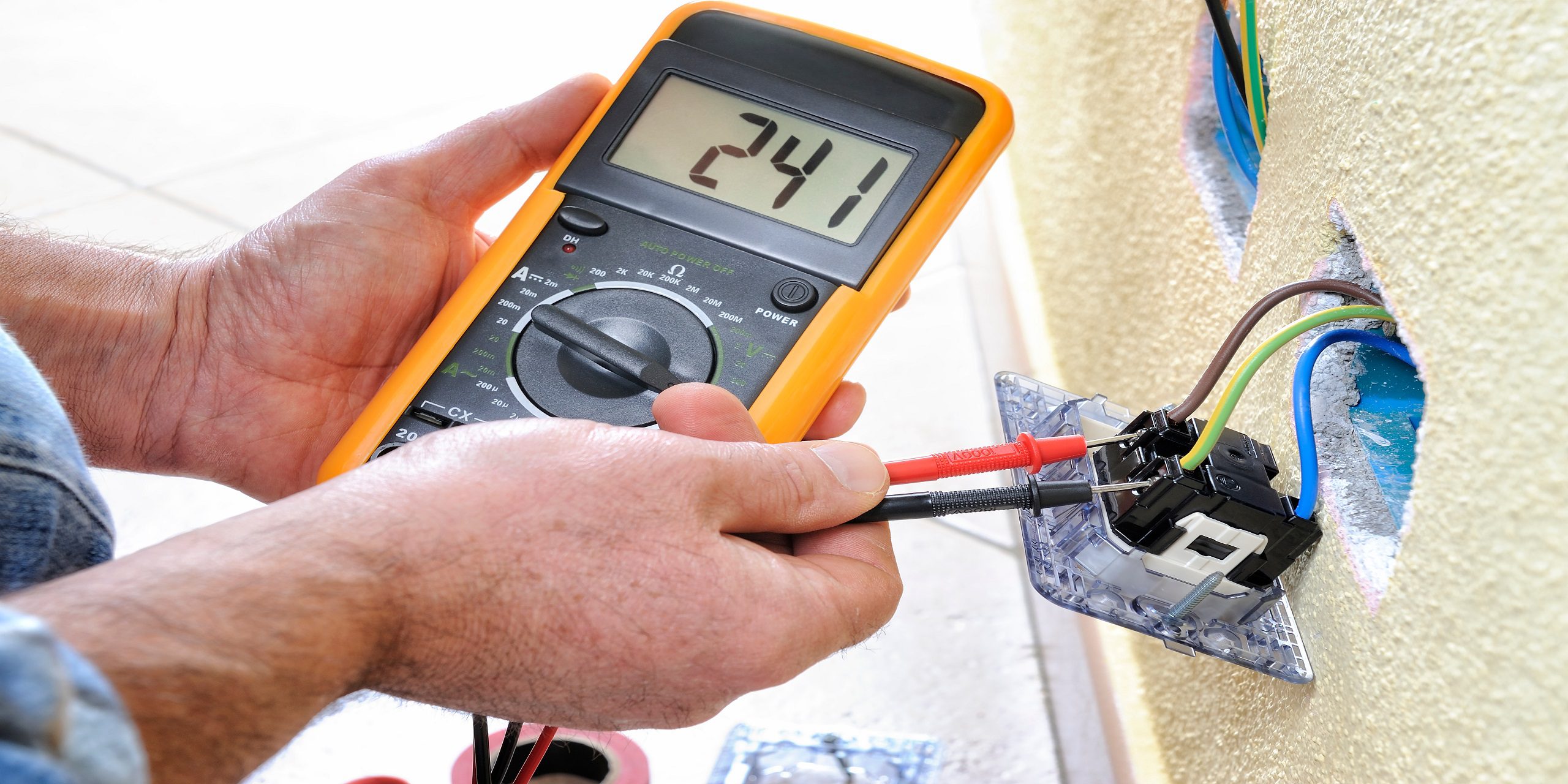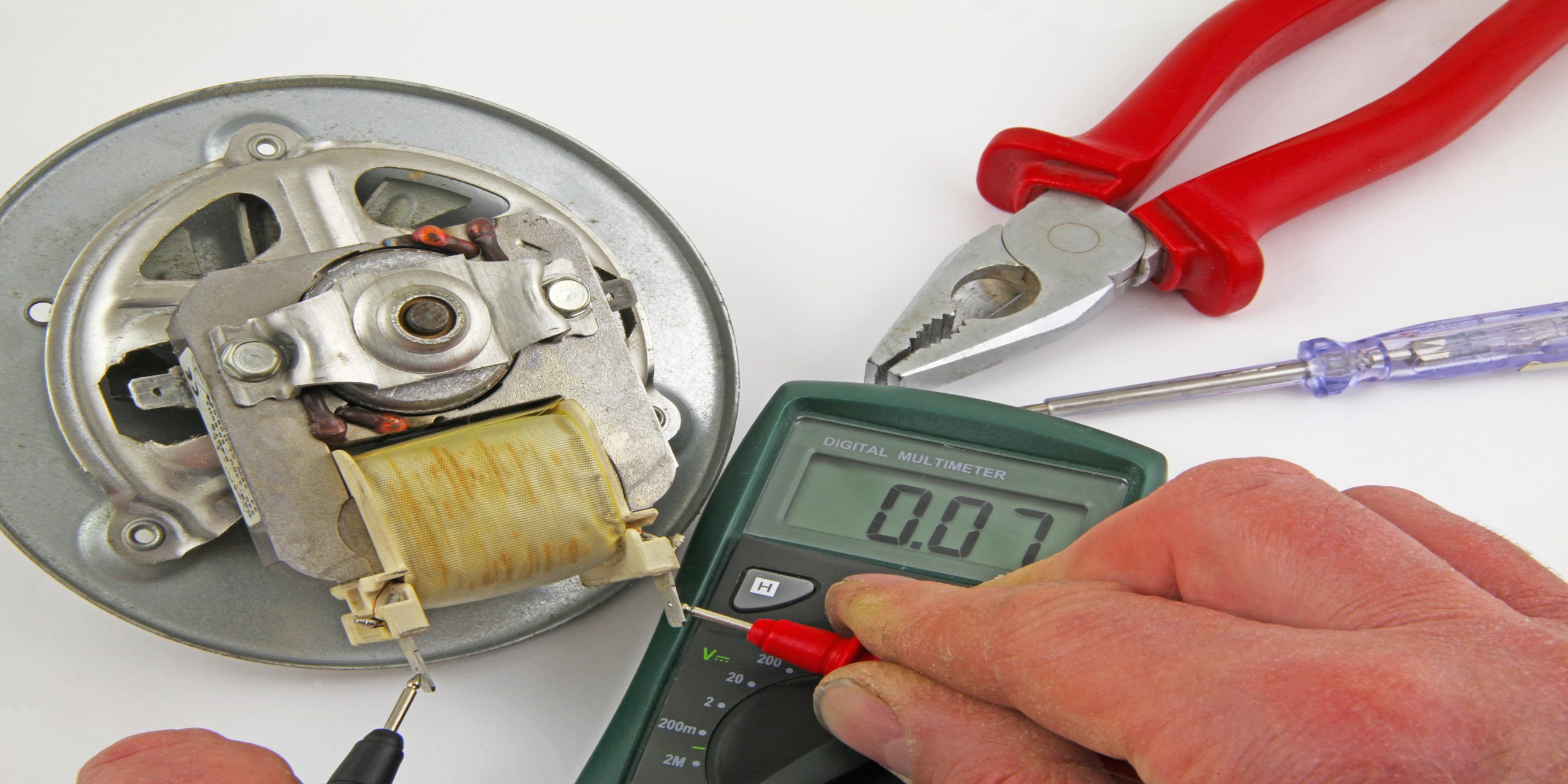Portable Appliance Testing (PAT) is an important safety procedure that ensures electrical appliances are safe to use. Whether you’re a business owner, a landlord, or a safety-conscious individual, learning how to do PAT testing can help you maintain a safe environment. In this blog, we’ll walk you through the steps of PAT testing, explain its importance, and provide tips to help you perform it effectively.
What is PAT Testing?
PAT testing involves checking electrical appliances to ensure they are safe to use. This process includes both visual inspections and electrical tests. It’s important because faulty appliances can pose serious risks, including electrical shocks, fires, and property damage.

Why is PAT Testing Important?
Portable Appliance Testing is important for several reasons:
- Safety: It helps prevent accidents caused by faulty electrical appliances.
- Compliance: In the UK, PAT testing is not legally required, but it helps meet the Health and Safety at Work Act 1974 and the Electricity at Work Regulations 1989.
- Peace of Mind: Knowing that your appliances are safe to use can provide peace of mind to you and those around you.
What is the Legal Requirement for PAT Testing?
In the UK, PAT testing is an important safety measure for electrical equipment. While there is no specific law that requires PAT testing Portable Appliance Testing, there are regulations that businesses must follow to ensure electrical safety in the workplace. The key regulations include:
- Electricity at Work Regulations 1989: This regulation requires employers to ensure that electrical equipment is maintained in a safe condition. While it doesn’t specifically mention PAT testing, regular testing is a common way to comply with these requirements.
- Health and Safety at Work Act 1974: This act places a duty on employers to ensure the health and safety of their employees and the public. This includes the safe use of electrical equipment.
- Provision and Use of Work Equipment Regulations 1998 (PUWER): This requires that equipment provided for work is suitable, safe, and maintained in good condition.
What You Need for Portable Appliance Testing
Before you begin PAT testing, you’ll need a few important tools and equipment:
- PAT Tester: A device used to perform electrical tests on appliances.
- Labels: To mark appliances as tested and safe.
- Test Results Logbook: To record the results of each test.
- Screwdriver: For opening appliance covers if needed.
- Insulation Resistance Tester: For checking the insulation of the appliance.
How to Do PAT Testing: Steps to Perform
Now that you know what PAT testing Portable Appliance Testing is and why it’s important, let’s go through the steps to perform PAT this testing procedure.
Visual Inspection
Begin with a thorough visual inspection of the appliance. Examine for any obvious signs of damage, such as:
- Cracked or damaged plugs
- Exposed wires
- Burn marks or signs of overheating
- Loose connections
- Ensure the appliance is clean and free from any debris that could affect its operation.
Check the Plug and Cable
- Plug: Open the plug (if it’s not a sealed unit) and check the internal wiring. Ensure that the wires are connected to the correct terminals and that there are no loose or frayed wires.
- Cable: Examine the entire length of the cable for cuts, nicks, or other damage. Moreover, flex the cable gently to check for internal breaks.
Earth Continuity Test
This test checks that the earth connection in the appliance is working correctly. Connect one lead of the PAT tester to the earth pin of the plug and the other to the metal casing of the appliance. Thus, the PAT tester will indicate if the earth connection is continuous.
Insulation Resistance Test
The insulation resistance test ensures that the insulation around the wires is intact and prevents electrical leakage. Connect the PAT tester to the live and neutral pins of the plug. The tester will apply a voltage and measure the resistance. A high resistance value indicates good insulation.
Functional Check
Finally, perform a functional check to ensure the appliance operates as intended. Plug the appliance into a mains socket and switch it on. Observe its operation for any unusual behaviour, such as strange noises, excessive heat, or erratic performance.
Record and Label
After completing the tests, record the results in your logbook. Include details such as the date, the type of tests performed, and the results. Furthermore, attach a label to the appliance indicating it has been tested and is safe to use. The label should include the test date and the next due date for testing.

Tips for Effective PAT Testing
To ensure your PAT testing Portable Appliance Testing is thorough and effective, consider the following tips:
- Regular Testing: Establish a regular testing schedule based on the type of appliances and their usage. High-risk appliances may need more frequent testing.
- Stay Organised: Keep a detailed logbook of all tested appliances, including test results and dates. This helps track when appliances need retesting.
- Stay Informed: Keep up to date with the latest regulations and best practices for PAT testing. Attend training courses if necessary.
- Use Quality Equipment: Invest in a reliable PAT tester and other testing tools. Accurate results depend on the quality of your equipment.
- Know Your Limits: If you’re unsure about performing a test or if an appliance fails, consult a qualified electrician for further inspection and repair.
How Much Does PAT Testing Cost?
The cost of PAT can vary depending on several factors. Generally, the price is influenced by:
- Number of Appliances: The more devices you need to test, the higher the total cost. Some companies offer a lower rate per appliance if you have a large number of items.
- Location: Prices can differ based on where you are in the UK. Urban areas may have different rates compared to rural locations.
- Frequency of Testing: If you need regular testing, some service providers offer discounts for ongoing contracts.
- Type of Appliances: Testing more complex or specialised equipment may cost more than standard appliances.
On average, you might expect to pay between £1 and £5 per appliance. However, it’s always best to get a few quotes from different PAT testing services to find the best deal for your needs.
Conclusion
PAT testing is a vital process that helps ensure the safety of electrical appliances. By following the steps outlined in this blog, you can confidently perform This and contribute to a safer environment. PAT testing can be done by anyone with the right knowledge and tools, seeking professional assistance for complex issues is always a good idea.
By sticking to these guidelines, you’ll not only maintain safety but also ensure compliance with relevant regulations. Moreover, you can visit our School of Health Care and enrol in our PAT Testing course, which is absolutely affordable compared to others. So, take the time to learn and practice PAT testing—it’s a small effort that can make a big difference.




